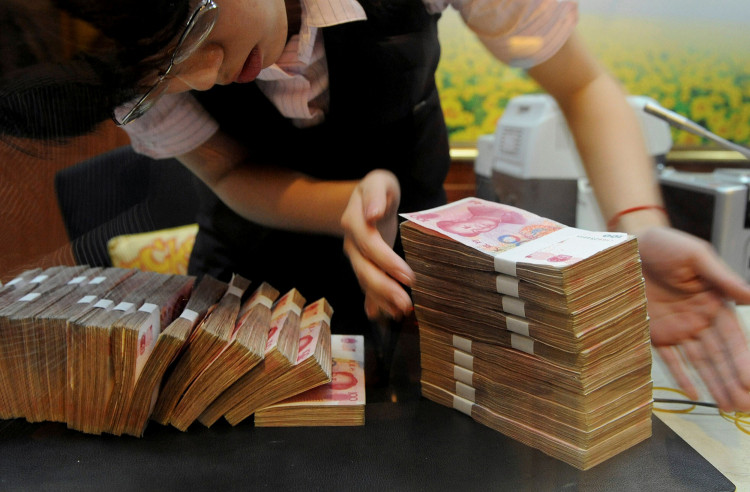Five of China's top banks reported contracting margins in the first quarter, as loan re-pricing takes its toll. Borrowers are finding it difficult to repay loans after three years of China's zero-COVID policy impacted the economy, and Beijing has pressured lenders to reduce both individual and corporate debt burdens by lowering interest rates.
The world's largest commercial lender by assets, Industrial and Commercial Bank of China (ICBC), reported a net interest margin (NIM) of 1.77% at the end of March, down from 1.92% at the end of the previous quarter. Agricultural Bank of China Ltd (AgBank), Bank of China (BoC), China's Bank of Communications Co Ltd (BoCom), and China Construction Bank Corp (CCB) all experienced a decline in their NIMs as well.
This trend is expected to persist throughout the year. Elaine Xu, Director of APAC Financial Institution at Fitch Ratings, said, "Chinese banks are likely to see further pressure on NIM, driven by mortgage repricing to reduced rates and ongoing deposit competition, as well as continued policy directives on reducing borrowers' costs especially for micro-and small enterprises." She also noted that weak demand for residential mortgage and property-development loans could impact overall lending growth and NIM.
Gary Ng, senior economist at Natixis Corporate and Investment Bank, suggested that as China moves toward common prosperity, the banking sector may experience NIM pressure since it is one of the most profitable industries in the country.
All lenders reported flat to around 5% net profit growth. BoCom posted the highest first-quarter net profit at over 5%, with AgBank in second place at 1.75%. The other banks reported flat net profit growth during the same period.
Non-performing loan (NPL) ratios remained stable for most lenders at the end of March compared to the end of the previous quarter. However, BoC's ratio decreased slightly from 1.32% at the end of March to 1.18% at the end of December last year.
Analysts predict that NPLs may peak later. Ming Tan, Director at S&P Global Ratings, stated, "We expect property NPLs to peak in 2024 as the recovery process takes time, especially in lower-tier Chinese cities."






